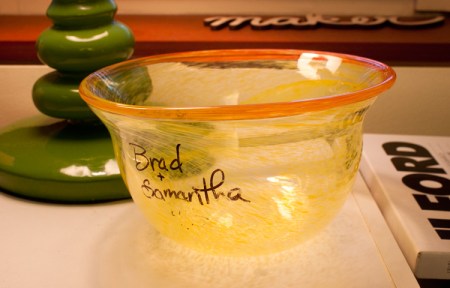the making of a fluffyland custom plush
Today, I thought it might be fun to give you a peek into my process for making custom plush. I always love seeing the thought process of other makers, because a finished product only tells you so much. So here’s a bit of behind the scenes on the making of a Fluffyland custom plush… Marie’s plush alpaca, to be precise.
Once I’ve figured out what I want to make, I usually start – as most people probably start any project these days – with a Google search. It’s the craziest thing, but whenever I start to draw something, I immediately forget all the key details. A quick peek at some images keeps me in check.
And, in the case of these alpacas (or the Big Chicken), looking at all the images makes me even more enthusiastic about the project. Alpacas are just so happy looking (in a sometimes angry sort of way).
Sometimes I’ll look for pictures of other plush to see if or how it’s been done before. I don’t always do this because I usually have an image in my head that I want to hold onto, and looking at other people’s plush can cause me to stray from my own unique ideas. But in this case, it was a worthwhile search because the alpacas I found weren’t at all what I was looking to make, and that helped affirm that my idea was new and necessary.
One of my best strategies is to look at cartoon or clip-art versions of what I’m trying to make. A challenge in making custom plush is deciding which features are key features and which features can be left out. A good example of this is my submarine whale. When I looked at pictures of submarines, they were way too detailed for my needs. Looking at cartoon submarines helped me identify the key features of “what makes a submarine” – in that case, it was portholes and a periscope. For an alpaca, the key features were ears, a big forehead, eyebrows, and a tail.
Once I have a clear image in my head, I start to sketch it on paper. I can cut any shape, but my drawing skills are pretty undeveloped. These sketches are meant to remind me what I see in my head, and they work just fine for that purpose.
Then I start to draw shapes that will resemble the pattern that I’ll make. They often look pretty silly.
Here, once I had decided on a body shape, I cut out a prototype from scrap fleece. Stitching this prototype and turning it inside out showed me that I needed to provide more seam allowance, especially at the neck – it’s an alpaca, not a giraffe! (or an ostrich, which I think it resembles here.)
With the arrows indicating areas of need, I sketch out a final pattern.
This is the pattern I sewed from, and it includes all the key pattern pieces except for the belly, which I just made up when it got to that point. For the 3D features, it’s usually easier to make them up from fabric rather than paper.
I’ve been trying harder to take notes and save all the final pattern pieces from my plush and other projects. Sometimes in the flurry of “making things up”, I forget to document my changes, and by the time I’m finished, I can’t recreate what I’ve made. So a good notebook and pattern binder are key to being able to learn from past patternmaking attempts. For example, here I remember that using wool helped the legs stay stiff enough for the alpaca to stand on its own… and that’s awesome!

And we all know how the story ends. Pieces together, eyes installed, and all stuffed and stitched up, this alpaca was ready to journey across the Atlantic. Hurray!











































